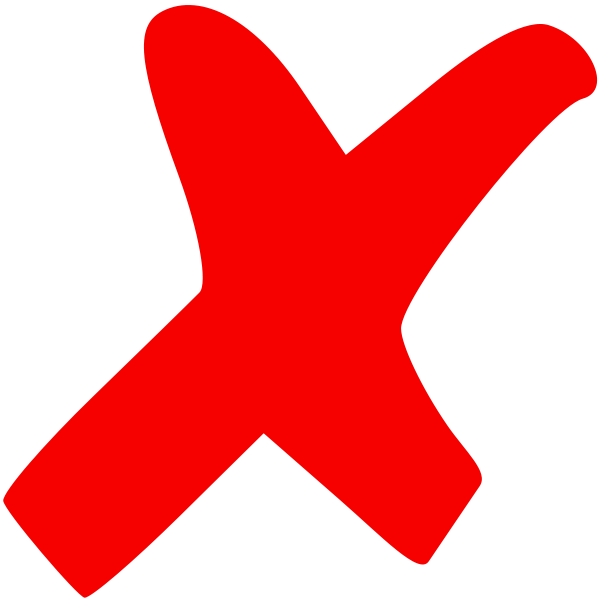H-Cut
v. To open a CARDBOARD or plastic wrapped CASE by making an H-shaped cut in its top surface. —n. Such an H-shaped cut. See also BASE-CUT, BOX CUTTER, LIFT-CUT, PEEK-CUT, SHARK-CUT, STACK-CUT, TAPE-CUT, TOP-CUT, TRAY-CUT, WINDOW-CUT, X-CUT. See also RIM LOCK.NOTE: The benefit of an H-Cut is it's one of the least invasive cuts, and most importantly of all, it preserves the integrity of the CASE'S sides. This is no big deal if you know for certain that the entire CASE will GO. But, if you're unsure, or you expect to have leftovers, what happens next? The answer is, the remainder of the CASE most likely gets STACKED—either on a SPECIALS CART or an OVERSTOCK RUNNER—and you'll need the CASE to be as strong and sturdy as possible to protect both the PRODUCT and you against any potential mishaps.
Technically, you might call the way you open a standard CARDBOARD CASE with a middle seam on top an H-Cut, since if you cut the two sides and the seam, it is H-shaped. However, that's just a standard TAPE-CUT, and not what we're talking about here. Here, we mean a cut covering an area smaller than the full top of the CASE.
Technically, you might call the way you open a standard CARDBOARD CASE with a middle seam on top an H-Cut, since if you cut the two sides and the seam, it is H-shaped. However, that's just a standard TAPE-CUT, and not what we're talking about here. Here, we mean a cut covering an area smaller than the full top of the CASE.
TIP: H-Cut Plastic Tops. Until you're sure it'll all GO, start with an H-CUT on top when you first open any plastic-wrapped CARDBOARD trays like spaghetti sauce or cat food. This keeps the CASE'S ends and edges tight, and helps maintain the package's integrity if it ends up on the SPECIALS CART or in OVERSTOCK.


 = Hover to color, click to enlarge.
= Hover to color, click to enlarge.